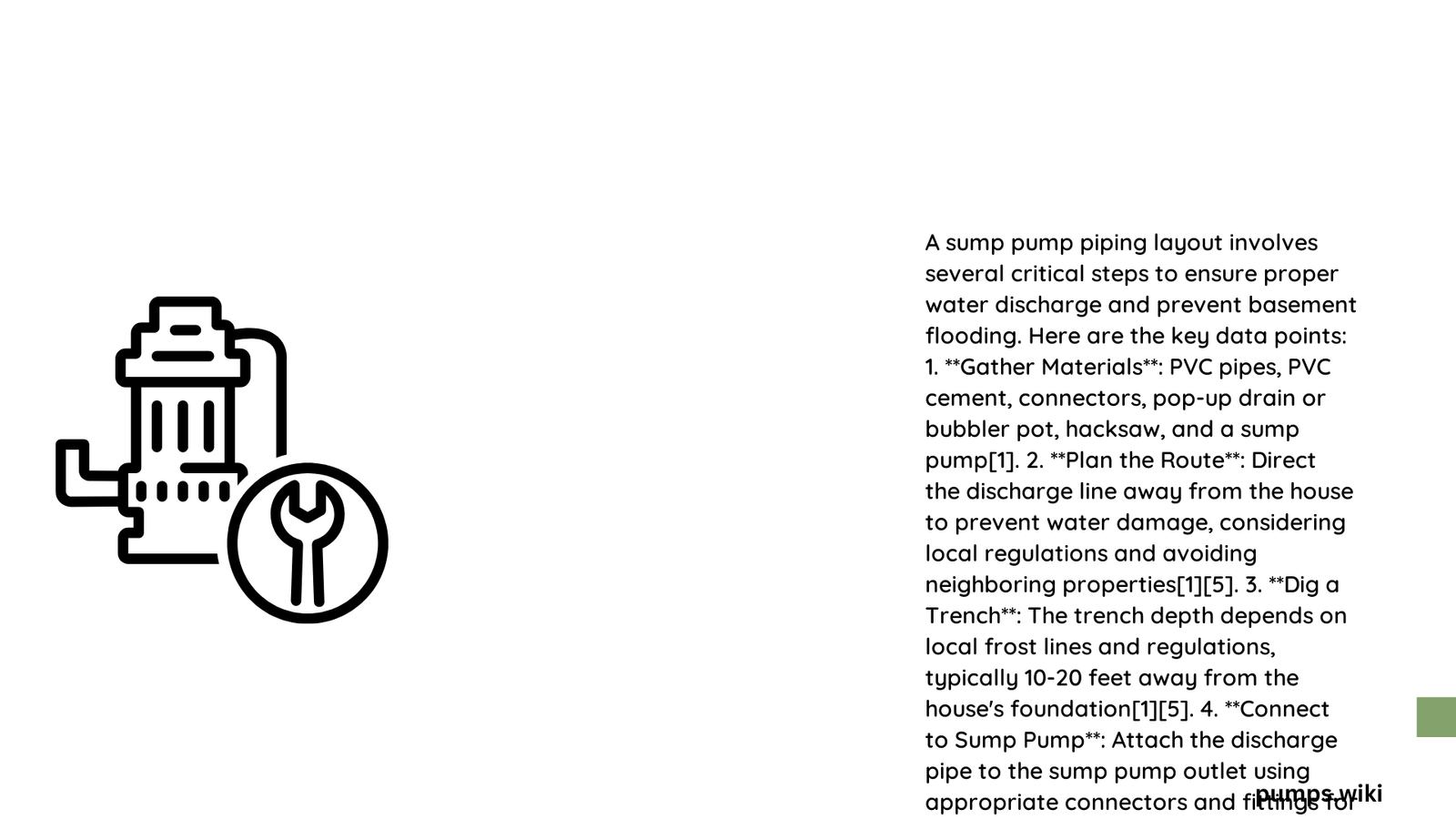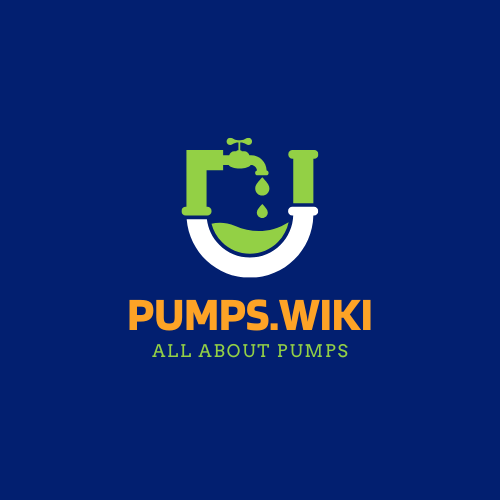Designing an effective sump pump piping layout is crucial for protecting your home from water damage and ensuring proper drainage. A well-planned system involves strategic pipe selection, precise measurements, correct slope angles, and appropriate materials that can efficiently redirect water away from your foundation, preventing potential flooding and moisture-related structural issues.
What Are the Key Considerations for Sump Pump Piping Layout?
Pipe Diameter and Material Selection
When designing a sump pump piping layout, selecting the right pipe diameter and material is fundamental. Consider these critical factors:
| Material | Pros | Cons | Recommended Use |
|---|---|---|---|
| PVC | Corrosion-resistant | Brittle in cold temperatures | Most residential applications |
| HDPE | Flexible, durable | Higher cost | Underground and exterior installations |
| Copper | Long-lasting | Expensive | Limited sump pump applications |
Recommended Pipe Specifications
- Diameter: 1.5 to 2 inches matching pump discharge flange
- Wall Thickness: SDR 35 for residential systems
- Pressure Rating: Minimum 255 psi at 73°F
How Do You Determine the Correct Pipe Slope?
Proper slope is essential for preventing water stagnation and ensuring efficient drainage. Follow these guidelines:
- Maintain a minimum slope of 1/4 inch per foot
- Ensure continuous downward gradient away from foundation
- Avoid sharp bends or right-angle turns
- Use gradual 45-degree elbow fittings for smooth water flow
What Are the Critical Installation Components?
Essential Sump Pump Piping Components
- Check Valve: Prevents water backflow
- Weep Hole: Eliminates air lock (3/16″ diameter)
- Cleanout Ports: Allows system maintenance
- Insulation: Protects against freezing in cold climates
How Can You Prevent Common Piping Problems?
Potential challenges in sump pump piping layout include:
- Freezing: Use foam insulation or heat tape
- Backflow: Install high-quality check valves
- Sediment Buildup: Include periodic cleanout mechanisms
- Pipe Stress: Use flexible connections and expansion joints
Cost Considerations for Sump Pump Piping Layout
Estimated Material Costs:
– PVC Pipes: $10-$20 per 10-foot section
– Check Valves: $20-$50
– Fittings and Adapters: $10-$30
– Professional Installation: $200-$500
Pro Tips for Optimal Sump Pump Piping
- Always measure twice before cutting pipes
- Use primer and cement designed for PVC connections
- Test system thoroughly after installation
- Inspect piping annually for wear and potential issues
Compliance and Safety
- Follow local building codes
- Obtain necessary permits
- Consider professional assessment for complex installations
Conclusion

A well-designed sump pump piping layout requires careful planning, appropriate materials, and attention to technical details. By understanding pipe specifications, slope requirements, and potential challenges, homeowners can create an effective water management system.
References:
– Sump Pump Installation Guide
– Pump Piping Design Rules
– Storm Sewer and Sump Pump Drain Systems
